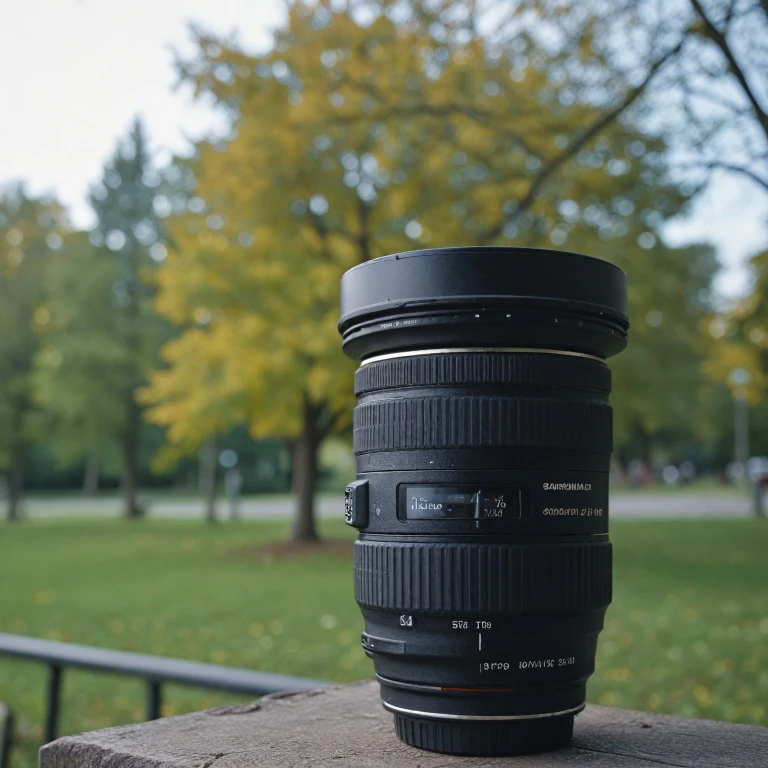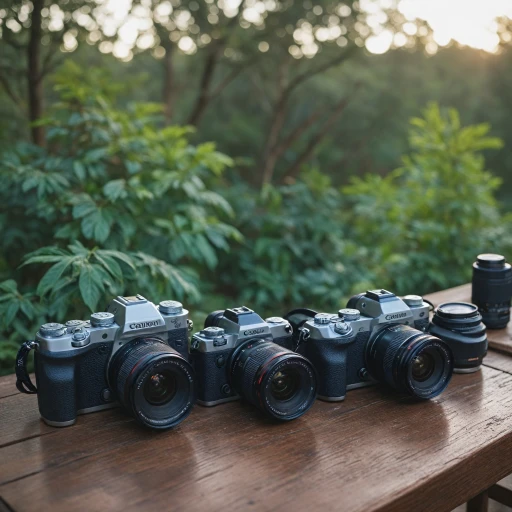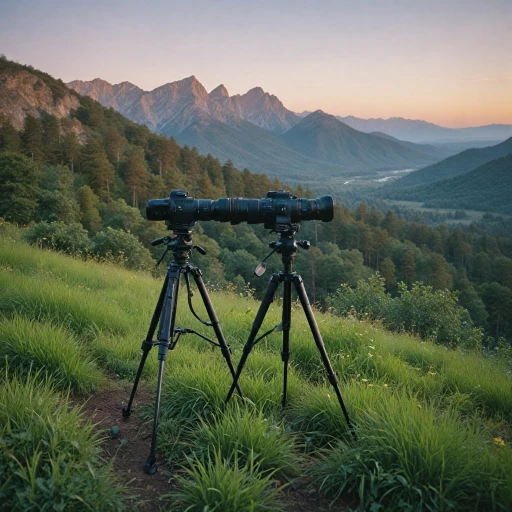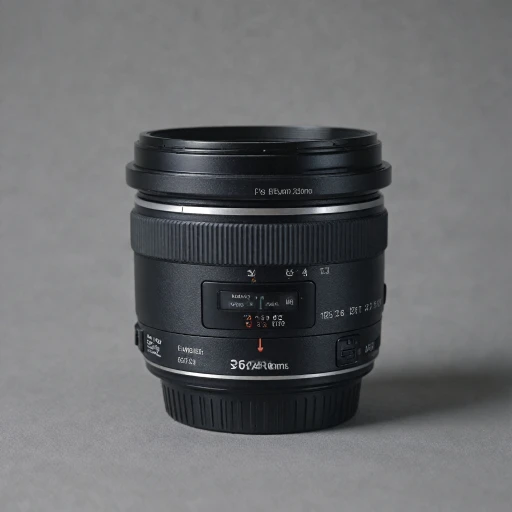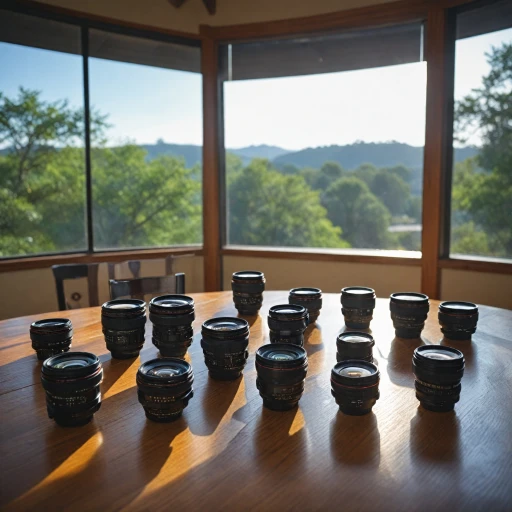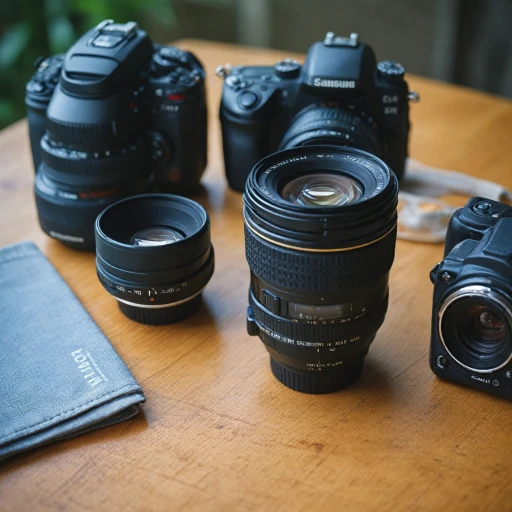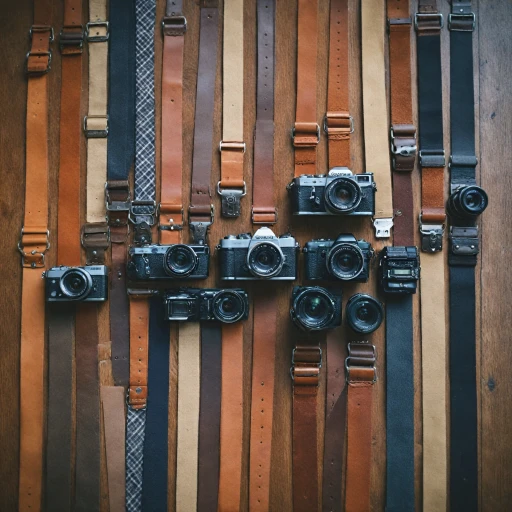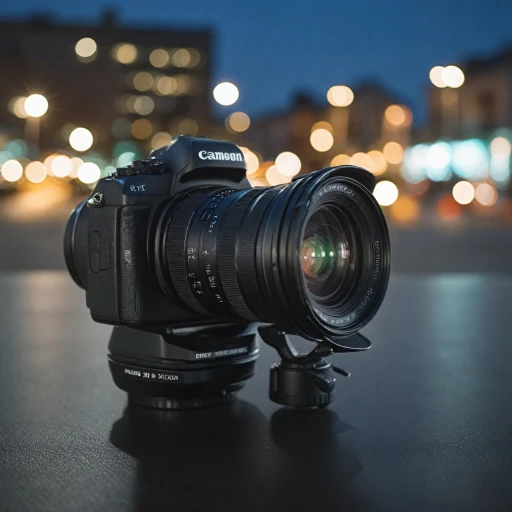
Understanding the Sigma 18-50mm f/2.8 Lens
Discovering the Sigma 18-50mm f/2.8: An Overview
The Sigma 18-50mm f/2.8 lens has quickly become a favorite among photographers and enthusiasts looking to elevate their imaging capabilities. This zoom lens is part of Sigma's contemporary line, making it a modern choice for those seeking excellent image quality coupled with flexibility.
With a constant aperture of f/2.8 throughout its zoom range, this lens delivers impressive performance in various lighting conditions, allowing for fast shutter speeds and creative control over depth of field. This feature is particularly beneficial for capturing stunning portraits or achieving that creamy bokeh effect. Moreover, it fits well with full-frame and APS-C cameras, making it a versatile addition to any photographer’s kit.
Sigma designed this lens with compatibility in mind. Available mounts include the popular Canon EOS, Sony E-mount, and Fujifilm mount, enabling users to seamlessly pair it with their existing gear. For Canon and Sony users, the autofocus performance is reliable, providing swift and accurate focusing, which is key when shooting fast-moving subjects or in low-light settings.
The construction of the lens feels robust yet lightweight, a hallmark of Sigma's contemporary lenses. This makes it not only durable but also easy to carry, ideal for photographers on the go. The zoom range from 18mm to 50mm covers a broad array of focal lengths, practically catering to various photography styles from landscapes to portraits.
On platforms like Amazon, this lens has been praised for its quality, with users commenting on its sharpness and minimal distortion, making it a good choice for both amateur and professional photographers alike. Whether you're using a camera with Canon or Sony mount, this lens promises consistent performance.
For more on versatile lenses like the Sigma 18-50mm f/2.8, you might want to explore articles such as this one to expand your knowledge on other lens options that might suit your photography needs.
Advantages of Using the Sigma 18-50mm f/2.8
Why Choose the Sigma 18-50mm f/2.8 Lens?
Opting for the Sigma 18-50mm f/2.8 lens can significantly enhance the image quality of your photography, especially when considering its remarkable features and advantages. Here's why this lens stands out among other contemporary choices:- Versatile Aperture: With a constant aperture of f/2.8, the Sigma 18-50mm allows for consistent performance in varying lighting conditions, offering excellent depth of field and outstanding control over the exposure settings.
- Compact and Lightweight Design: Unlike large full-frame lenses, this compact design ensures comfortable handling and portability, making it ideal for both travel and everyday use.
- Wide Zoom Range: Covering a versatile 18-50mm zoom range, it provides a good balance between wide-angle captures and short telephoto shots, which is particularly helpful for landscape and portrait photographers alike.
- Focus and Autofocus Precision: The lens’s fast and reliable autofocus system is particularly beneficial when shooting dynamic subjects or in fast-paced environments. The focus motor is optimized to minimize noise, ensuring the camera captures clear, sharp images.
- Compatibility with Different Mounts: Available for various camera mounts including Canon, Sony, and FujiFilm, it offers flexibility to photographers using different camera brands.
Comparing the Sigma 18-50mm f/2.8 with Other Lenses
Versatility in the World of Photography
When comparing the Sigma 18-50mm f/2.8 lens with other lenses on the market, its versatility often stands out. This zoom lens, part of the Sigma Contemporary line, appeals to photographers using various mounts, such as those for Canon, Sony, and Fujifilm. One of the lens's primary strengths is its focal length range, which provides a balanced approach to both wide-angle and portrait shots.- Zoom and Focal Length: With its zoom range from 18 to 50mm, the Sigma package manages to encompass multiple shooting styles under a single roof. It serves well in scenarios demanding a fast shift in composition, from broad landscapes to intimate portraits.
- Autofocus and Aperture: The speed lens capabilities are matched by the swift autofocus system that performs reliably with a good quality image output. Moreover, the consistent f/2.8 aperture offers benefits in low-light photography, complementing cameras with high ISO settings nicely.
- Comparisons with Other Models: Compared to other lenses, such as the Canon EF-S 18-55mm or Sony E 16-50mm, the Sigma 18-50mm's aperture provides a brighter setup. This feature is particularly beneficial in challenging lighting conditions or when aiming for a specific depth of field.
- Build and Compatibility: Its compact form is an advantage for those looking to harness camera portability without compromising on image quality. This lens, compatible with several mounts like the EOS shutter for Canon and the Sony mount, seamlessly integrates into various systems.
- Image Quality Considerations: Though some distortion is inevitable, the quality of the lens renders a competitive edge with less chromatic aberration noted compared to other zoom lenses. This makes it a reliable companion when clarity and true-to-life color are on the priority list.
Tips for Maximizing the Sigma 18-50mm f/2.8
Optimizing Your Shots with the Sigma 18-50mm f/2.8
When it comes to maximizing the use of the Sigma 18-50mm f/2.8 lens, understanding its intricacies is key. This contemporary lens is celebrated for its versatility across various photography types, but a few adjustments can significantly enhance your shooting experience.- Understanding Focal Lengths: The Sigma 18-50mm boasts a flexible zoom range that accommodates diverse focal lengths, making it suitable for both wide-angle shots and portraits. Whether you are using a camera with a Canon mount, Sony mount, or Fujifilm mount, ensure regular adjustments in focal lengths to maintain image quality and minimize distortion.
- Managing Aperture Settings: Leveraging the fast aperture of f/2.8 allows you to capture images with remarkable depth. It’s particularly useful in low-light conditions, where adjusting the aperture and ISO settings can help maintain the desired sharpness without sacrificing shutter speed.
- Fine-tuning Autofocus: This Sigma lens excels in autofocus capabilities but fine-tuning might be necessary depending on the camera body used. Whether paired with a camera Sony or Canon EOS, utilize your camera’s focus settings to ensure precise focusing that adapts to different lighting conditions.
- Balancing Shutter Speed and ISO: To achieve optimal exposure, especially in varying light, balancing shutter speed with ISO settings is crucial. The lens performs well with both high ISO and low ISO, but the number iso should be kept at an optimal level to ensure clarity without increased noise.
- Exploring Optical Characteristics: Pay attention to the optical elements within the lens. This feature-rich Sigma lens provides minimized chromatic aberration and good distortion control. However, regular calibration and maintenance can keep your Sigma contemporary performing at its best.
Common Challenges and Solutions
Overcoming Common Hurdles with the Sigma 18-50mm f/2.8
While the Sigma 18-50mm f/2.8 lens is celebrated for its versatility and image quality, users may encounter some challenges. Understanding these can help you make the most of this contemporary zoom lens, whether you're using a Canon, Sony, or Fujifilm mount.
Autofocus Performance: Autofocus is generally reliable, but in low-light conditions, it might struggle. To mitigate this, consider adjusting your ISO settings or using manual focus for more control. Ensuring your camera's firmware is up-to-date can also enhance autofocus performance.
Distortion and Image Quality: Some users report minor distortion at the wide end of the zoom range. This is typical for many zoom lenses. Correcting distortion in post-processing software can help maintain image quality. Additionally, shooting at a mid-range focal length can reduce distortion.
Compatibility Issues: While the lens is designed for various mounts, always check compatibility with your specific camera model. For instance, using a Canon EOS or Sony mount requires ensuring the lens is properly seated to avoid communication errors.
Handling and Build: The lens is lightweight, which is a plus for portability but may feel less robust compared to heavier lenses. Handle with care to avoid damage, especially when switching between different camera bodies.
By addressing these common challenges, you can maximize the potential of the Sigma 18-50mm f/2.8 lens, ensuring it remains a valuable tool in your photography kit.
